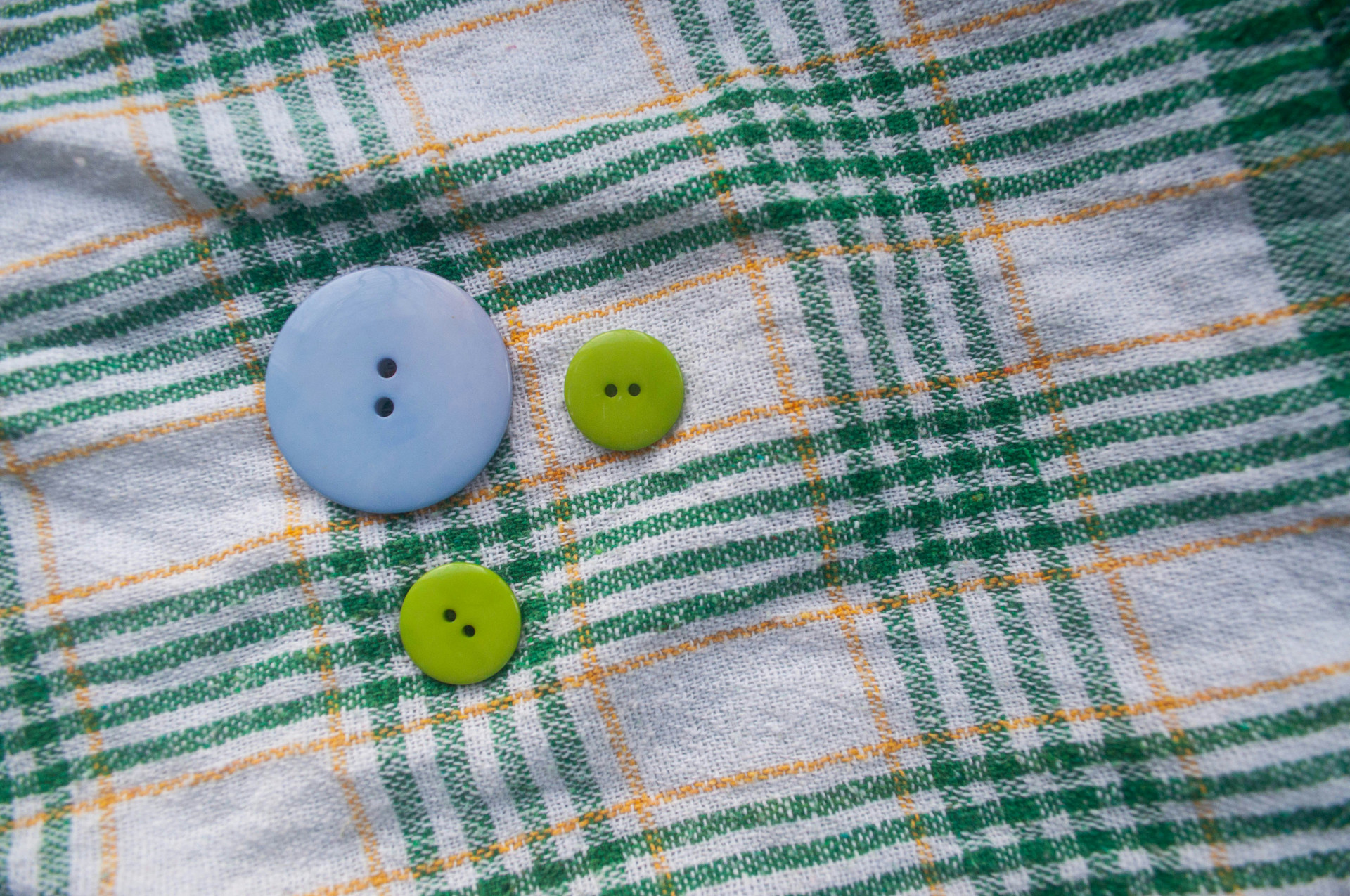
1. Understanding Your Sewing Machine
Your sewing machine is your most important sewing companion. If you’re new to sewing, the SINGER® Promise 1412 Sewing Machine is an excellent entry-level model. It offers 12 built-in stitches (including both utility and decorative options), a four-step buttonhole function, and a user-friendly design that’s perfect for first sewing projects. Spend time learning how to thread the machine, wind the bobbin, and adjust tension. Practising these basics on scrap fabric will help you build confidence before starting on your first real piece.
2. Selecting the Right Accessories
Having the right accessories on hand will make your learning experience smoother and more enjoyable. A good place to start is with basic tools like pins, scissors, and a seam ripper (trust me, you’ll use it often). As you progress, consider tools that improve your organisation and portability. The SINGER® Sewing Machine Carry Case is great for keeping your machine protected while also storing your tools in one convenient place—especially helpful if you attend sewing classes or workshops.
3. Learn to Sew by Starting Small
Don’t jump into sewing a jacket or dress on day one. Start small and manageable: think pillowcases, tote bags, or simple drawstring pouches. These allow you to practise straight stitches, seam finishing, and fabric handling. As you build your skills, you’ll gain the confidence to tackle more complex garments and home décor pieces. Also, choose cotton or cotton blends for your early projects—they’re easy to cut, don’t shift much, and press well.
4. Master Your Bobbin and Thread Tension
Learning how to wind and insert your bobbin properly can save you hours of troubleshooting. Many issues that beginners think are “machine problems” are often due to incorrect threading or bobbin issues. Always refer to your machine’s manual, and don’t rush this step. Consistent tension—both in your top thread and bobbin—is key to even, professional-looking stitches.
5. Good Thread and Needles Matter More Than You Think
It might be tempting to use whatever thread you have on hand, but cheap or old thread can cause breakage, tension issues, and uneven stitches. Stick with quality options like Polyester Overlocking Thread, which are designed to pair well with SINGER sewing machines. Also, match your needle to your fabric. For example, a universal needle works for most woven fabrics, while a stretch needle is better for knits. Changing your needle regularly also prevents skipped stitches and fabric damage.
6. Keep Your Sewing Machine Maintained
Your sewing machine works hard, so take good care of it. Clean lint from under the needle plate, especially if you’re sewing with fluffy fabrics like fleece. Oil the machine as recommended in your manual to keep the moving parts running smoothly. A simple cleaning routine goes a long way in extending your machine’s life and avoiding costly repairs.
7. Don’t Be Afraid to Make Mistakes
Every sewing enthusiast has a pile of “learning” projects tucked away somewhere. You will make mistakes—and that’s okay. In fact, using a seam ripper is a rite of passage. Mistakes are where the real learning happens. Over time, you’ll look back at those first attempts with pride, seeing how far you’ve come.
8. Use Visual and Digital Learning Tools
Sometimes, watching someone else do a task is the best way to learn. Fortunately, platforms like SINGER® Australia’s Learn & Create section offer fantastic visual guides, project ideas, and troubleshooting tips. Whether it’s how to thread a needle or how to sew a zipper, you’ll find beginner-friendly resources that reinforce your learning in real time.
9. Upgrade Only When You’re Ready
Once you’ve outgrown your beginner machine, it might be time to explore more features and functionality. If you’re ready to try embroidery or expand your stitch library, the SINGER® SE9185 Sewing & Embroidery Machine is a great step up. It offers over 250 built-in stitches, 150+ embroidery designs, and a color touchscreen interface—perfect for when you’re ready to push your creativity further.
10. Community and Practice Make Progress
Sewing can feel isolating at first, but there’s a vibrant, welcoming community out there—both online and in person. Join local workshops, attend meetups, or simply follow sewing hashtags and creators on social media. Feedback, encouragement, and shared experiences go a long way in helping you stay motivated. The more you practise, the more you’ll understand your machine, your materials, and your own personal sewing style.
Ready to Start Sewing?
There’s no better time than now to dive into your first sewing project. Whether you’re stitching your first seam or exploring your creative style, having the right tools makes all the difference. With every stitch, you’ll build skills, confidence, and a deeper appreciation for the craft. So pick up that fabric, thread your needle, and start creating.
